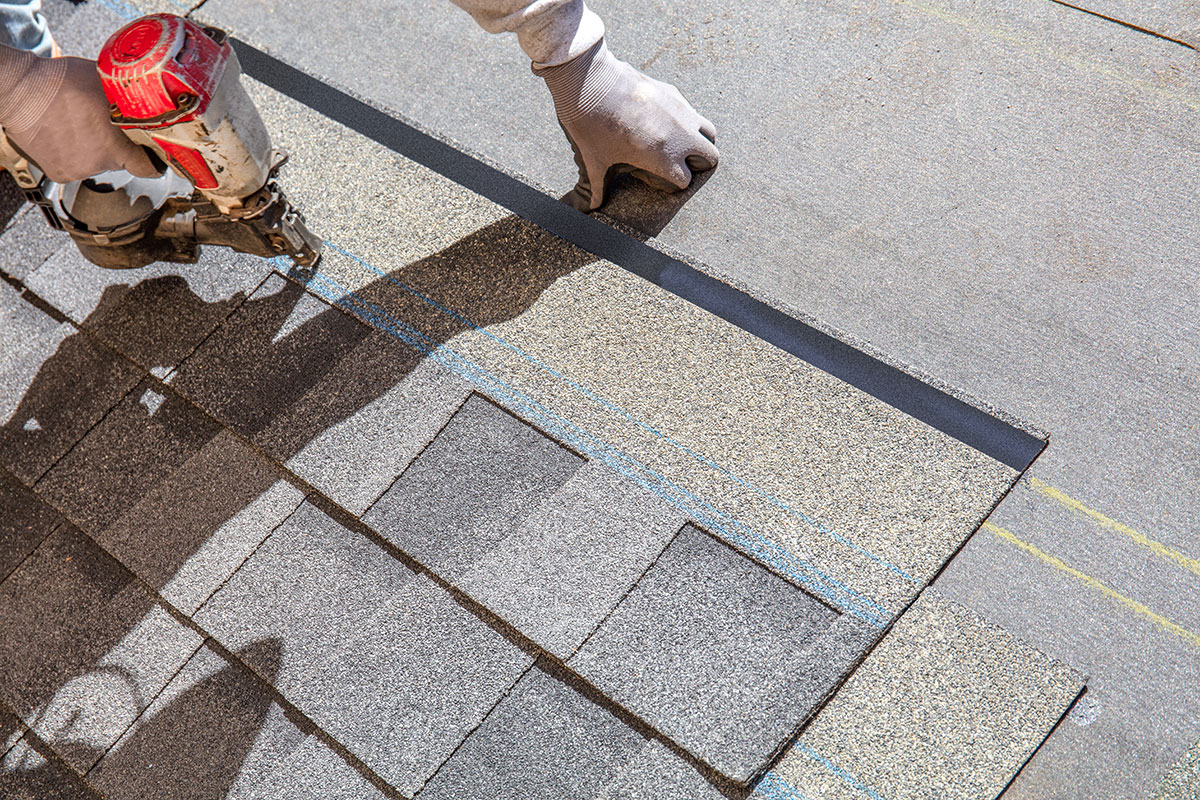![]() Phoenix, Arizona: 602-932-1623
Phoenix, Arizona: 602-932-1623
![]() Phoenix, Arizona: 602-833-1185
Phoenix, Arizona: 602-833-1185

May 11, 2017
One of the most definitive ways to know that you need a new roof is to look at the valleys (low areas) of your roof. If your roof is vulnerable, these areas will be the first to show the signs of wear and tear, as much of your snow and rain channels through these areas into your gutters. If these areas are compromised, it won’t be long before you’re sharing the elements with Mother Nature.
It goes without saying that if pieces of your roof aren’t there, then there’s nothing protecting your home or business from the rain and snow. Even a loose shingle can let in substantial amounts of water, causing hidden rot that can lead to a more catastrophic failure in the future.
Many buildings still use an older system of roof cement or tar around the base of the chimney. However, this may not be as waterproof as you need. It’s always a good idea to invest in a more long-term, watertight fitting based on metal flashing.
Take a look in your gutters. Typically, you’ll find a few granules here and there. However, if you start to see an increase in granules in your gutters, then that’s a sign that your roof could be reaching the end of it’s lifespan.
Your attic is the closest part of your house to the roof. If you can see daylight, then water, insects, and rodents can see you. Additionally, you may want to check your insulation for signs of moisture, which can indicate hidden openings through the roof.
The roofing on your home may seem like an expense to put off as long as possible, but it’s actually one of the most valuable assets of your building. If it fails, it can compromise every other level of your building in just a short amount of time, costing you tens of thousands more in repairs. If you’re just purchasing a building, or haven’t yet taken the time to do so, contact a qualified roofing expert to inspect your roof as soon as possible. Your roof will thank you.